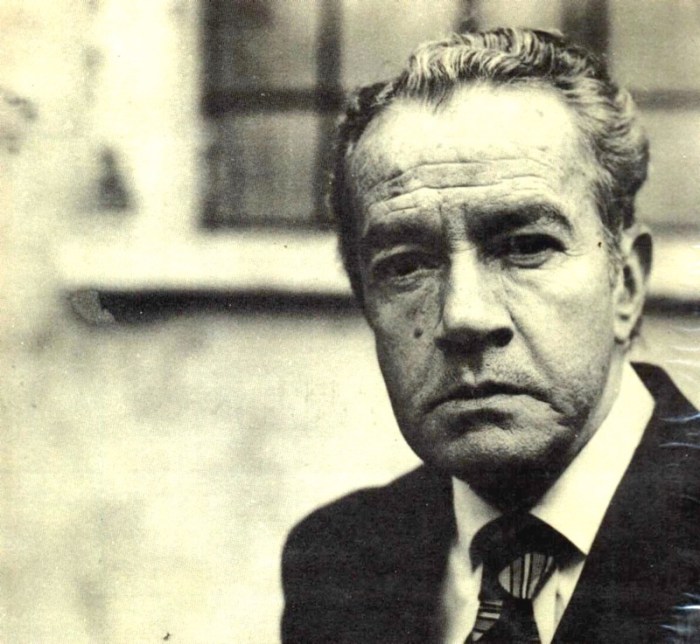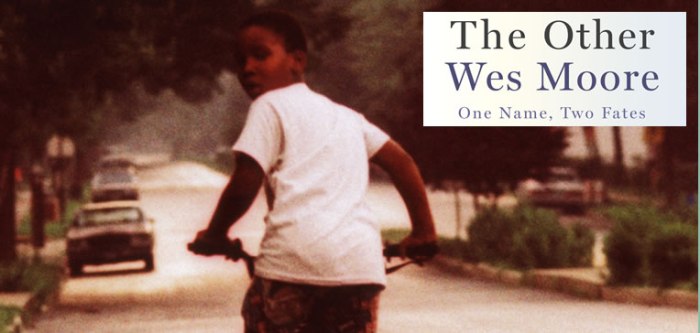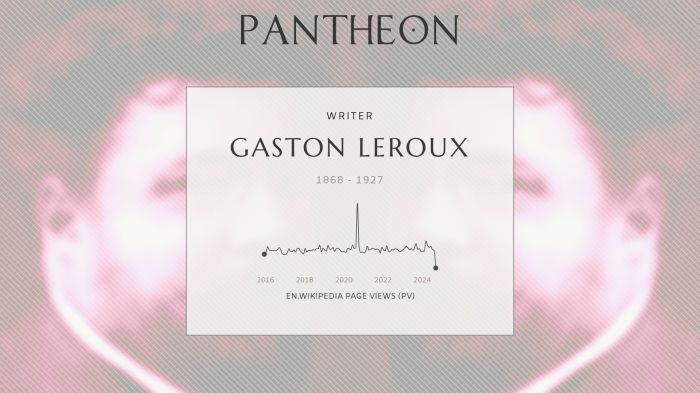No dogs bark juan rulfo – In “No Dogs Bark,” Juan Rulfo’s captivating narrative unfolds, inviting readers into a world where silence speaks volumes and absence weighs heavily. The story delves into the depths of isolation, loss, and the search for identity, leaving an indelible mark on the literary landscape.
Rulfo’s evocative prose transports us to a desolate Mexican village where the absence of dogs’ barking becomes an unsettling symbol of a deeper void. The characters grapple with their own demons, their relationships strained by the harsh realities of life.
As the narrative progresses, we witness the profound impact of loss and the desperate search for meaning in a world that seems to have forgotten them.
Literary Analysis of “No Dogs Bark”: No Dogs Bark Juan Rulfo
Juan Rulfo’s “No Dogs Bark” is a profound and enigmatic tale that delves into the depths of human nature and the complexities of rural life. The story unfolds in a remote Mexican village, where the absence of dogs’ barks becomes a haunting symbol of a society steeped in secrets and unspoken truths.
Central Themes
One of the central themes of “No Dogs Bark” is the exploration of loneliness and isolation. The protagonist, a solitary old man named Ignácio, lives in a crumbling house, haunted by memories of his past and the absence of human connection.
The lack of dogs in the village underscores the profound silence and solitude that envelops Ignácio’s life.
Another significant theme is the examination of the past’s influence on the present. Ignácio’s life is inextricably linked to his traumatic childhood experiences, which continue to shape his actions and perceptions. The story suggests that the past, like a persistent shadow, can cast a long and oppressive influence on the human psyche.
Symbolism and Imagery
Rulfo employs powerful symbolism and imagery to convey the story’s themes and atmosphere. The absence of dogs is a potent symbol of the silence and unspoken secrets that pervade the village. The crumbling house in which Ignácio resides represents the decay and desolation of his inner world.
The natural elements also play a significant role in the story’s symbolism. The scorching sun symbolizes the harsh and unforgiving nature of the environment, while the wind carries whispers of secrets and forgotten memories.
Setting
The remote and isolated setting of “No Dogs Bark” contributes significantly to the story’s atmosphere and tone. The village is a microcosm of a society cut off from the outside world, where secrets fester and unspoken truths lurk beneath the surface.
The desolate landscape reflects the barrenness of Ignácio’s inner life, while the absence of dogs further emphasizes the profound isolation that envelops him.
Characterization and Relationships
Juan Rulfo’s “No Dogs Bark” delves into the complexities of human relationships, showcasing characters with distinct motivations and conflicts that shape the plot’s development.
The story centers around the protagonist, a nameless man haunted by the death of his father and the secrets surrounding it. Driven by a desire for vengeance, he embarks on a journey to confront the man responsible for his father’s demise.
The Protagonist and His Motivations, No dogs bark juan rulfo
- The protagonist is a complex and enigmatic figure, driven by a deep sense of grief and a burning desire for justice.
- His motivations are deeply personal, as he seeks to avenge the death of his father and uncover the truth behind his demise.
- Throughout his journey, he grapples with the weight of his grief and the moral implications of his actions.
The Dynamics Between Characters
- The relationships between the characters in “No Dogs Bark” are characterized by tension, mistrust, and a shared history of violence.
- The protagonist’s interactions with other characters, such as the priest and the town’s inhabitants, reveal the deep-seated mistrust and isolation that permeate the community.
- These dynamics shape the plot as the protagonist navigates a treacherous landscape of deceit and betrayal.
The Significance of Relationships
- The relationships in “No Dogs Bark” highlight the corrosive effects of violence and the lasting scars it leaves on individuals and communities.
- The protagonist’s search for justice is ultimately a quest for closure and a way to break free from the cycle of violence that has plagued his life.
- The story explores the ways in which relationships can both empower and destroy, and the profound impact they have on shaping human destiny.
Cultural and Historical Context
The story of “No Dogs Bark” is set in the rural, indigenous community of Comala, Mexico, during the mid-20th century. This period was a time of significant social and political change in Mexico, following the Mexican Revolution and the subsequent land reforms.
The story reflects the influence of Mexican culture and traditions, as well as the social and political realities of the time period.
Mexican Culture and Traditions
The story is steeped in Mexican culture and traditions, which are evident in the characters’ beliefs, customs, and way of life. The importance of family and community is a central theme in the story, as is the belief in the supernatural and the power of storytelling.
The story also reflects the indigenous traditions of the region, such as the use of Nahuatl words and phrases and the belief in the power of the dead.
Social and Political Realities
The story also reflects the social and political realities of the time period. The characters live in a society that is deeply divided by class and ethnicity, and the story explores the tensions between the indigenous population and the Mexican government.
The story also touches on the issue of land reform, which was a major source of conflict in Mexico during the mid-20th century.
Narrative Techniques and Style

Juan Rulfo’s “No Dogs Bark” showcases a unique blend of narrative techniques that enhance the story’s impact and delve into the complexities of memory and loss.
Flashbacks
Rulfo employs flashbacks to weave together the present and past, allowing readers to piece together the fragmented narrative. These flashbacks provide glimpses into the protagonist’s childhood, his relationship with his father, and the events leading up to the present situation.
Foreshadowing
Subtle hints and foreshadowing are skillfully used to create a sense of unease and anticipation. The recurring motif of the barking dogs, the enigmatic figure of the old woman, and the protagonist’s own fragmented memories all hint at the underlying tension and secrets that will eventually unravel.
Stream of Consciousness
Rulfo incorporates stream of consciousness into the narrative, allowing readers to delve into the protagonist’s inner thoughts and emotions. This technique provides an intimate and raw perspective, capturing the protagonist’s confusion, grief, and the fragmented nature of his memory.
Impact of Writing Style
Rulfo’s sparse and evocative writing style contributes to the story’s haunting and dreamlike atmosphere. The use of short, fragmented sentences and simple language creates a sense of urgency and immediacy, while the lack of conventional punctuation adds to the disorientation and confusion experienced by the protagonist.
Symbolism and Imagery

Juan Rulfo’s “No Dogs Bark” is rich in symbolism and imagery, which contribute significantly to the story’s meaning and atmosphere. The absence of barking dogs, the pervasive water, and the enveloping darkness are recurring elements that evoke a sense of isolation, desolation, and impending doom.
The Absence of Dogs
The title itself, “No Dogs Bark,” immediately establishes the absence of dogs, traditionally seen as guardians and protectors. This absence suggests a lack of security and a sense of vulnerability. The story’s characters are isolated and alone, with no one to warn them of approaching danger.
Water
Water appears throughout the story as a symbol of both life and death. The protagonist, Ignacio, is drawn to the well, a source of water that sustains life. However, the well is also a place of danger, where the protagonist’s son was drowned.
The water becomes a reminder of both the fragility of life and the inevitability of death.
The haunting silence of “No Dogs Bark” by Juan Rulfo is a testament to the solitude and desolation of the Mexican countryside. Yet, within this barren landscape, there exists a glimmer of hope, much like the refreshing taste of a “rum and a ramble drink” rum and a ramble drink . The drink’s sweet and tangy flavors offer a brief respite from the harsh realities of Rulfo’s world, reminding us that even in the darkest of times, moments of solace can be found.
Darkness
Darkness permeates the story, both literally and figuratively. The village is shrouded in darkness, creating a sense of isolation and mystery. The darkness also represents the characters’ inner turmoil and the secrets they harbor. The darkness becomes a symbol of the unknown and the fear that it brings.
Themes and Interpretation
“No Dogs Bark” delves into profound themes that resonate deeply with the human experience. Isolation, loss, and the relentless pursuit of identity permeate the story, leaving an enduring impact on readers.
Isolation
- The story’s protagonist, Ignacio, is a solitary figure, detached from his surroundings. His isolation stems from his inability to connect with others, a sense of alienation that permeates his life.
- The barren landscape and desolate surroundings mirror Ignacio’s inner emptiness, amplifying his feelings of loneliness and separation.
Loss
- Ignacio is haunted by the loss of his father, a figure who once provided him with a sense of belonging. The father’s absence creates a void in Ignacio’s life, leaving him adrift and searching for purpose.
- The loss extends beyond the personal realm. The story also explores the loss of cultural traditions and values, as the old ways give way to modernity.
Search for Identity
- Ignacio’s journey can be seen as a quest for self-discovery. He grapples with his place in the world, questioning his own identity and seeking a sense of belonging.
- His encounters with the townspeople, each with their own unique stories, provide Ignacio with glimpses into different facets of humanity, helping him to piece together his own identity.
The story’s themes resonate powerfully with contemporary readers, who may find themselves grappling with similar feelings of isolation, loss, and the search for purpose in an increasingly fragmented world.
Essential Questionnaire
What is the significance of the title “No Dogs Bark”?
The title alludes to the absence of life and vitality in the village, a silence that underscores the profound sense of isolation and loss experienced by the characters.
How does Rulfo use symbolism to convey meaning in the story?
Rulfo employs powerful symbols throughout the story, such as the absence of dogs, the barren landscape, and the recurring image of water, to create a haunting and evocative atmosphere that deepens the story’s themes.
What is the central conflict in “No Dogs Bark”?
The central conflict revolves around the characters’ struggle to come to terms with loss, isolation, and the search for meaning in a harsh and unforgiving world.

